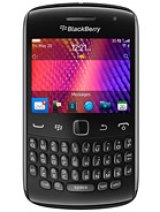
BlackBerry Curve 9360
90 EUR
Discover the sleek and compact BlackBerry Curve 9360, featuring a 2.44 inch display and 5MP camera. Available in black, purple, and pink. Shop now! #BlackBerryCurve #MobilePhonePrices
Smartphone Specifications and Features Summary:
Announced: 2011, August. Released 2011, August
Status: Discontinued
Display: 2.44 inches TFT
OS: BlackBerry 7.0
Network: GSM / HSPA
CPU: 800MHz
Memory: 512MB 512MB RAM
Battery: Removable Li-Ion 1000 mAh
Available color(s): Black, Purple, Pink
The Rise and Fall of the Iconic BlackBerry Curve 9360: A Look Back
In 2011, the tech world was buzzing with excitement as BlackBerry announced the launch of their latest smartphone, the BlackBerry Curve 9360. With its sleek design, impressive features, and popularity among business professionals, the Curve 9360 was set to be a game changer in the mobile industry. But as we fast forward to today, we see that the hype surrounding this phone was short-lived, as it eventually met its demise, leaving many to wonder what went wrong.Despite its initial success, the BlackBerry Curve 9360 faced an uncertain future from the start. Announced in August 2011 and released in the same month, the phone had a short lifespan of just over a year before being discontinued. But let's take a closer look at what made this smartphone stand out and what ultimately led to its downfall.
Platform and Operating System
The BlackBerry Curve 9360 was run by BlackBerry's own operating system 7.0 and was powered by an 800MHz CPU. While it may not seem as impressive today, this was a big deal back in 2011, when smartphones were just starting to become more powerful and efficient. The OS 7.0 also offered improved graphics and a better user interface compared to its predecessors.
Memory and Display
The phone had a dedicated microSDHC card slot, allowing users to expand the 512MB of internal storage to store more apps, photos, and videos. The phone also came with 512MB of RAM, which was more than enough for running multiple apps simultaneously.
The display of the Curve 9360 was a 2.44 inch TFT screen with a resolution of 480 x 360 pixels. While this may seem small by today's standards, it was considered a decent size back then. The screen offered a 4:3 aspect ratio and a pixel density of 246 ppi, making it perfect for reading and viewing documents.
Body and Design
One of the standout features of the BlackBerry Curve 9360 was its sleek and compact design. With dimensions of 109 x 60 x 11 mm and weighing only 99g, it was a lightweight and pocket-friendly device. The phone also had a QWERTY keyboard, which was a signature feature of BlackBerry phones back then, and a responsive optical trackpad for easy navigation.
Camera
The Curve 9360 had a 5MP single rear camera with LED flash, allowing users to capture decent quality photos and videos. While the camera may not have been as advanced as some of its competitors, it was good enough for everyday use and great for business professionals who needed to snap quick photos for work purposes.
Battery Life and Connectivity
The phone had a removable 1000 mAh Li-Ion battery that provided up to 5 hours of talk time and up to 25 hours of music playback. While this may not seem impressive today, it was considered an impressive battery life back then, especially for business professionals who needed their phone to last throughout the day.
In terms of connectivity, the BlackBerry Curve 9360 had all the essential features such as Wi-Fi, Bluetooth, GPS, and NFC. However, it lacked a radio, which was a popular feature at the time, and it only had a microUSB 2.0 port for charging and data transfer.
Features and Colors
The phone came with all the necessary features one would expect from a smartphone, such as a document viewer, organizer, and predictive text input. It also had a music and video player, allowing users to enjoy their favorite songs and movies on the go. The Curve 9360 was available in three colors - black, purple, and pink, giving users some options to choose from.
The Downfall of the Curve 9360
So, what led to the downfall of this iconic smartphone? While it was highly popular among business professionals, the BlackBerry Curve 9360 failed to keep up with its competitors, mainly the iPhone and Android devices. With the rise of touchscreen smartphones and the growing demand for more advanced features, the Curve 9360 became obsolete in a short period.
BlackBerry also faced troubles with their operating system, with many users experiencing lags and crashes. As a result, many loyal BlackBerry users switched to other brands, leading to a decline in sales for the company.
Another factor that contributed to the fall of the Curve 9360 was the lack of app support. Unlike the iPhone and Android devices, BlackBerry didn't have a user-friendly and easily accessible app store, which made it difficult for users to find and download the apps they wanted. This made the phone less appealing to a wider audience.
In the End
Despite its short-lived success, the BlackBerry Curve 9360 will always hold a special place in the history of mobile phones. It was a symbol of the once-dominant BlackBerry brand and a favorite among business professionals. While it may not have stood the test of time, the Curve 9360 will always be remembered as a significant player in the evolution of smartphones.
Latest BlackBerry Curve 9360 Specs and Prices
LAUNCH
- Announced: 2011, August. Released 2011, August
- Status: Discontinued
PLATFORM
- Operating System: BlackBerry OS 7.0
- CPU: 800MHz
MEMORY
- Card slot: microSDHC (dedicated slot)
- Internal: 512MB 512MB RAM
DISPLAY
- Type: TFT
- Size: 2.44 inches, 18.4 cm2 (~28.2% screen-to-body ratio)
- Resolution: 480 x 360 pixels, 4:3 ratio (~246 ppi density)
BODY
- Dimensions: 109 x 60 x 11 mm (4.29 x 2.36 x 0.43 in)
- Weight: 99 g (3.49 oz)
- Keyboard: QWERTY
- SIM: Mini-SIM - Optical trackpad
MAIN CAMERA
- Single: 5 MP
- Features: LED flash
- Video: 480p
SELFIE CAMERA
- -: No
BATTERY
- Type: Removable Li-Ion 1000 mAh battery
- Stand by: Up to 336 h (2G) / Up to 288 h (3G)
- Talk time: Up to 5 h (2G) / Up to 5 h (3G)
- Music play: Up to 25 h
CELLPHONE NETWORK
- Technology: GSM / HSPA
- 2G bands: GSM 850 / 900 / 1800 / 1900
- 3G bands: HSDPA 850 / 1900 / 2100 - HSDPA 900 / 1700 / 2100
- Speed: HSPA 7.2/2 Mbps
SOUND
- Loudspeaker : Yes
- 3.5mm jack : Yes
COMMUNICATIONS
- WLAN: Wi-Fi 802.11 b/g/n, UMA (carrier-dependent)
- Bluetooth: 2.1, A2DP
- Positioning: GPS, A-GPS
- NFC: Yes
- Radio: No
- USB: microUSB 2.0
FEATURES
- Sensors: -
- Browser: HTML - MP3/eAAC+/WMA/WAV/FLAC player MP4/H.264/WMV player Organizer Document viewer Voice memo/dial Predictive text input
MISCELLANEOUS
- Colors: Black, Purple, Pink
- SAR: 1.42 W/kg (head) & & 1.06 W/kg (body) & &
- SAR EU: 1.22 W/kg (head) & & 0.62 W/kg (body) & &
- Price: About 90 EUR
Disclaimer: Specifications shown may be different from the actual product. We cannot guarantee that the information provided on this page is 100% correct. This content is provided for information purposes only. All information included herein is subject to change without notice.


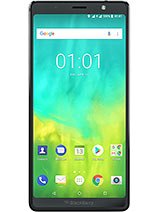
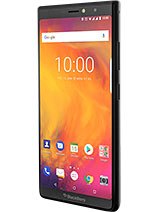
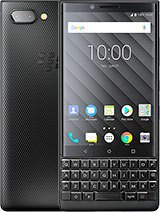
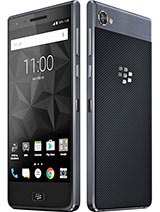
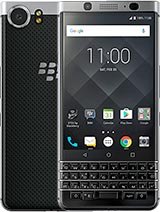

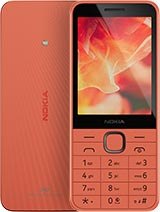


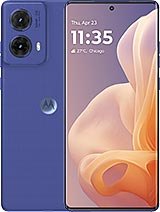

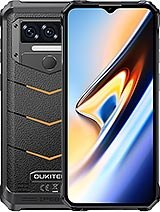


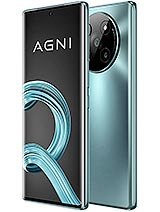


Leave your Opinion here